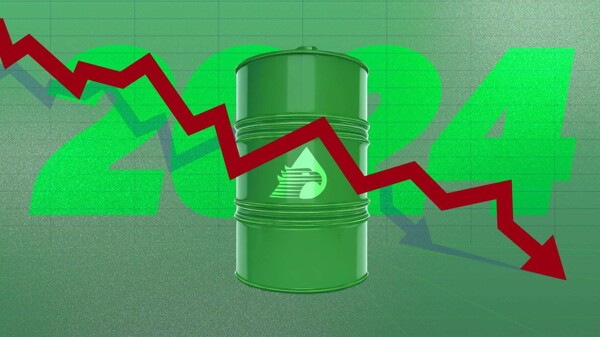
The Government of Mexico, gasoline entrepreneurs, and participants in the fuel value chain have reached an agreement to stabilize the price of regular gasoline at 24 pesos per liter for the next six months. President Claudia Sheinbaum signed the document supporting this measure, which will be announced soon and has the backing of importers, marketers, distributors of gasoline brands, transporters, and gas station operators.
The agreement stipulates that periodic evaluations will be conducted over the six months to determine the effectiveness of price stabilization and make necessary adjustments based on the results obtained. Coordination between the government of Mexico and the private sector will be sought to ensure fair prices, proposing joint efforts to achieve this goal.
One of the key points is that the price of regular gasoline must remain below 24 pesos per liter, except in border areas that already have fiscal incentives allowing them to offer the product below that price. To achieve this stability, Pemex will set a national wholesale price at storage and distribution terminals, while importing and distributing companies will adjust their strategies to pass benefits on to consumers with a reasonable profit margin.
The efficient distribution of fuel across the country will be the responsibility of PEMEX, ensuring that supply reaches all regions effectively. If the reasonable differential is not sufficient to cover operational costs, PEMEX will propose adjustments in coordination with the competent authorities.
The agreement includes that the Ministry of Finance and Public Credit will maintain fiscal incentives through the Special Tax on Production and Services on gasoline, and that Profeco will continue monitoring prices and cost transparency. Additionally, it is established that the competent authorities of the Government of Mexico commit to maintaining continuous working groups to analyze regulation and technical standards applicable to fuels, with the aim of improving the effectiveness and efficiency of regulation, facilitating compliance, and reducing regulatory costs.














